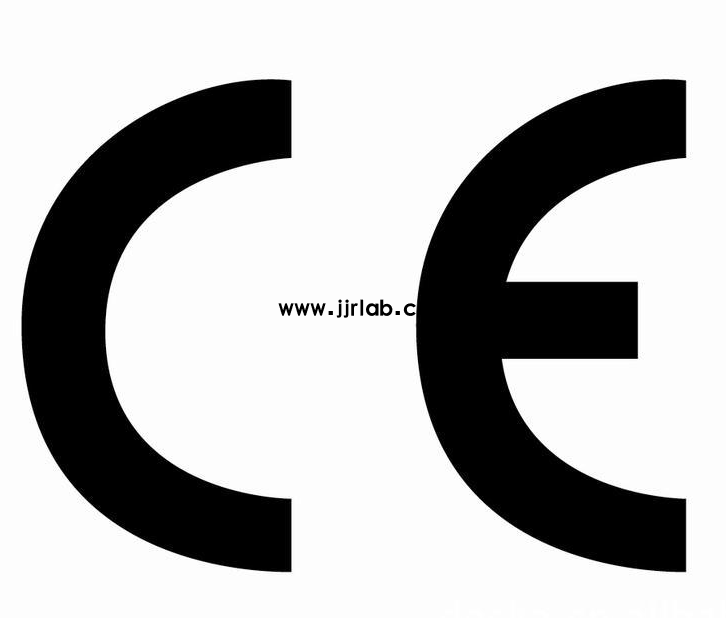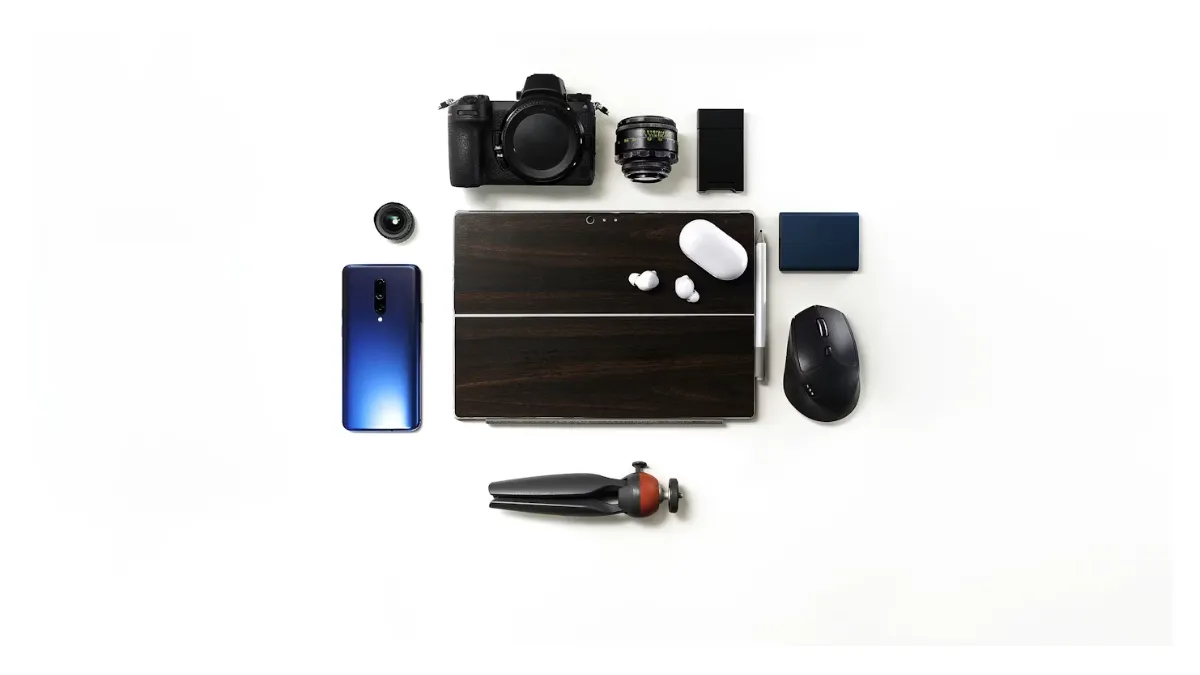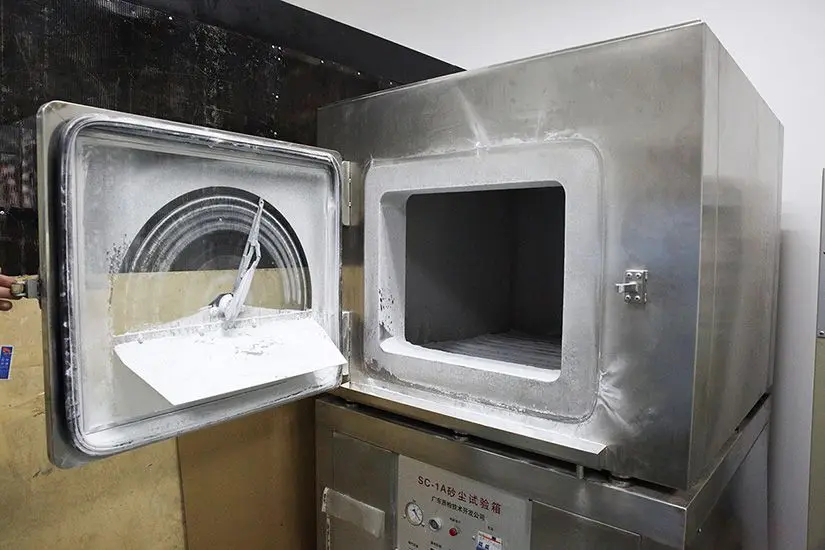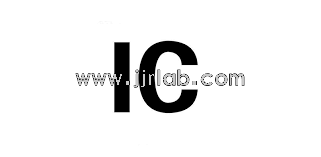
Toy Safety Certification
Children's toy safety is always the top priority, and therefore, toy manufacturers, wholesalers, and retailers worldwide must comply with strict safety certifications and regulations.
Toy safety regulations and standards vary from country to country, but many regions follow similar principles. In the United States, CPSIA and ASTM F963 are the primary standards. Europe follows the Toy Safety Directive (2009/48/EC) and EN 71 standards. Other countries/regions, such as Canada, Australia, Japan, and China, have their own strict standards.
This article will introduce these safety directives and certification requirements to help you better navigate your business.
U.S. Toy Safety Regulations
In 2023, the American Society for Testing and Materials (ASTM) issued the latest toy safety standard, ASTM F963-23, which replaced the previous version, astm f963-17. This mandatory standard became effective on March 17, 2024.
ASTM F963 Basic Requirements
ASTM F963 is an important part of CPSIA and serves as the benchmark for toy safety in the United States. The main requirements include:
- Physical Performance
Materials; filling materials; sound toys
Small parts; sharp edges; protrusions
Sharp objects; wires and rods; nails and fasteners
Packaging films; folding mechanisms and hinges; cords and rubber bands
Stability and overload requirements
- Chemical Properties
Prohibition on the use of paint or similar surface coatings with lead content exceeding 0.06% (600 mg/kg) of the total non-volatile content or dry paint film weight.
The weight of soluble antimony, arsenic, barium, cadmium, chromium, lead, mercury, and selenium in surface coatings should not exceed the specified limits.
Major Changes in ASTM F963-23
ASTM F963-23 has minimal impact on the chemical testing requirements for most existing toys. However, toys containing expandable materials or battery-operated toys may need design modifications to meet the latest requirements. According to 0.1 CFR 1000, plastic materials in toys may contain up to 16% (1307 ppm) of the following phthalates:
- Di(2-ethylhexyl) phthalate (DEHP)
- Dibutyl phthalate (DBP)
- Benzyl butyl phthalate (BBP)
- Diisononyl phthalate (DINP)
- Diisobutyl phthalate (DIBP)
- Di-n-pentyl phthalate (DPENP)
- Dihexyl phthalate (DHEXP)
- Dicyclohexyl phthalate (DCHP)
Labeling and Marking Requirements
The new standard mandates traceability labels on toy products and packaging, which should include:
- The manufacturer's or private brand owner's name
- The product’s manufacturing location and date
- Details of the manufacturing process, such as batch or run numbers, or other identifying features
- Any other information that helps identify the specific origin of the product
Microbiological Standards
For toys such as cosmetics, liquids, pastes, gels, powders, and poultry feather products, new USP methods are introduced beyond just USP 35, <1231>.
Comparison of ASTM and CPSIA
ASTM F963, the U.S. toy standard, is required for all toys exported to the U.S. It primarily covers:
- Physical and mechanical performance
- Flammability
- Toxic substance content
CPSIA is a U.S. regulation for children's products (including, but not limited to, toys). Its main requirements include:
- Restrictions on harmful substances like lead and phthalates in children’s products
- Small parts that may pose choking hazards
- Product labeling
After testing according to ASTM or CPSIA requirements, a test report is issued, but no certificate is provided. A CPC (Children’s Product Certificate) is issued based on testing by CPSC-approved labs. The CPSC (Consumer Product Safety Commission) is a key U.S. consumer protection agency. cpsia testing is the basis for the issuance of a CPC certificate.
For toys like slime, modeling clay, finger paint, and bubble toys, additional tests for boron (B) content are required.
Standards/Regulations and Requirements
U.S. Consumer Product Safety Commission (CPSC)
- Lead content
- Traceability labels
- Prohibited phthalates
ASTM F963 (Safety Standard)
- Physical and mechanical hazards
- Flammability
- Eight soluble heavy metals
- DEHP content (PVC materials, pacifiers, teethers)
- Microbiological testing (cosmetic toys, liquid/gel toys)
- Cleanliness (stuffed toys)
U.S. Federal Laws (General Toys)
- Physical mechanical hazards
- Sharp ends (CPSC 16 CFR PART 1500.48)
- Sharp edges (CPSC 16 CFR PART 1500.49)
- Small parts (CPSC 16 CFR PART 1501)
- Flammability
- Non-textile material flammability (CPSC 16 CFR PART 1500.44)
- Textile material flammability (CPSC 16 CFR PART 1610)
U.S. Federal Laws (Other Toys)
- Toy explosives (CPSC 16 CFR PART 1500.47)
- Rattles (CPSC 16 CFR PART 1510)
- Pacifiers (CPSC 16 CFR PART 1511)
- Cribs (CPSC 16 CFR PART 1508-1509)
- Cradles (CPSC 16 CFR PART 1512)
- Battery-powered toys (CPSC 16 CFR PART 1505)
EU Toy Safety Regulations
In 2024, the European Union passed a new toy safety regulation proposal to replace the current Toy Safety Directive (2009/48/EC), which is expected to be effective between 2025 and 2027, with full implementation by 2028.
Toy Safety Directive (2009/48/EC) Overview
Currently, toys entering the European market must comply with the EU Toy Safety Directive (2009/48/EC) and its harmonized standards (EN 71).
This directive covers a wide range of safety aspects, including:
- Physical and Mechanical Characteristics: No small parts or choking hazards
- Flammability: Toys must not pose a flammability risk
- Chemical Properties: 19 metals (migration limits), 66 allergenic fragrances (55 banned, 11 labeled, 100 mg/kg limit), and CMR substances (banned)
- Electrical Properties: Rated voltage must not exceed 24 volts
- Hygiene
- Radioactivity
Changes in the New Toy Safety Regulations
A significant change is that the management rules will shift from a directive to a regulation, meaning that regulations will carry stronger legal force and enforcement. The EU will have stricter oversight of toys.
Additionally, the new regulations simplify and modify the chemical properties, specifically with regard to:
- Carcinogenic, mutagenic, or reprotoxic substances
- Endocrine disruptors
- Respiratory sensitizers
- Specific organ toxicants
Furthermore, the new regulations will implement digital compliance information, meaning that a product passport will replace the EU conformity declaration. Toys without a digital passport will not be allowed in the EU market.
Finally, new regulations will require all warnings to begin with the word "Warning," and these warnings must be translated into the local language, with the possibility of supplementing with universal pictograms.
What Is the EN 71 Toy Safety Standard?
EN 71 is the EU’s toy product testing standard, established by CEN (European Committee for Standardization) based on the Toy Safety Directive. Only toys that pass en 71 testing can obtain a ce certificate. It includes:
- EN 71-1: Physical and mechanical tests
- EN 71-2: Flammability tests
- en 71-3: Toxic metal leaching tests
- EN 71-4: Chemical experimental toys
- EN 71-5: Non-experimental chemical toys
- EN 71-6: Age warning labels
- EN 71-7: Children's coloring agents
- EN 71-8: Indoor and outdoor family play equipment like swings and slides
- en 71-9: General requirements for organic compounds in toys
- EN 71-10: Organic compounds – sample preparation and extraction
- EN 71-11: Organic compound analysis methods
- EN 71-12: N-nitrosamines and N-nitrosating substances
- EN 71-13: Use of fragrances in specified toys
Please note that EU market regulators require you to provide an EN 71 test report. If you cannot provide a valid, verifiable report, your toys may face mandatory recalls and sales bans.
EN 71 testing is mandatory for toys based on different materials and colors, with separate fees for each test.
CE Mark: Meaning and How to Obtain It
Toys entering the EU market must obtain CE certification, which involves affixing the CE mark to indicate compliance with regulations. The CE mark must be permanently affixed or printed on the product, packaging, and user manual.
ce certification process
1. The company submits an application form to the testing organization, providing toy information and sending samples.
2. The testing agency uses this information to determine the applicable EU directives, testing standards, testing periods, and tests.
3. The toy manufacturer sends the sample to the testing organization for testing.
4. After passing the tests, the testing organization issues a report.
5. The toy manufacturer submits the report to the local market supervision department or directly issues a declaration of conformity and places the CE mark on the product.
Toys & Kids Certification Testing Services
JJR provides certification testing services for toys, offering quality certification and service in accordance with relevant international standards (ASTM F963, EN 71, ISO 8124). We can help you navigate the complex certification processes and provide customized solutions for your toys.
For detailed information on specific tests and testing services, please feel free to contact us!
Email:hello@jjrlab.com
Write your message here and send it to us
 Amazon ISO/IEC 17025 UL Testing Service Laboratory
Amazon ISO/IEC 17025 UL Testing Service Laboratory
 How to get CE Certification for Lighting Products?
How to get CE Certification for Lighting Products?
 CE Certification Standards & Process for Elect
CE Certification Standards & Process for Elect
 Japan METI Registration & Japanese Agent Servi
Japan METI Registration & Japanese Agent Servi
 Temperature Shock Test (IEC 60068-2-14:2009)
Temperature Shock Test (IEC 60068-2-14:2009)
 Electromagnetic Compatibility (EMC) Testing Servic
Electromagnetic Compatibility (EMC) Testing Servic
 Canada ISED Certification (IC Certification) Analy
Canada ISED Certification (IC Certification) Analy
 CSA C22.2 No.42 Compliance Test Report for Amazon
CSA C22.2 No.42 Compliance Test Report for Amazon
Leave us a message
24-hour online customer service at any time to respond, so that you worry!




